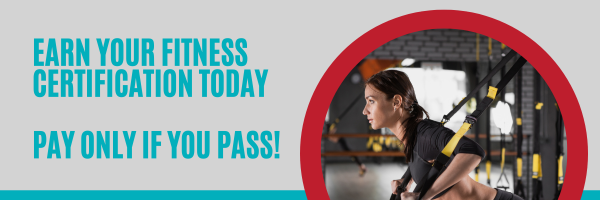Rock climbing is a challenging and rewarding sport that requires a combination of strength, endurance, balance, and technique. To excel in rock climbing, it's essential to focus on improving your grip and climbing techniques. In this blog post, we will discuss various exercises that can help you achieve these goals. By following the recommendations of the American Sports and Fitness Association (ASFA), you can effectively enhance your rock climbing skills and take your performance to new heights.
Fingerboard Training
Fingerboard training is an excellent way to build grip strength and finger endurance specific to rock climbing. Incorporate fingerboard exercises, such as hanging from different grip positions, into your routine to improve your ability to hold onto small holds and edges.
Campus Board Training
A campus board is a training tool designed to improve contact strength and climbing-specific power. Practice dynamic movements, such as laddering and double-clutching, to develop explosive power and increase your ability to latch onto holds while climbing.
Pull-ups and Chin-ups
Pull-ups and chin-ups are essential exercises for building upper body strength and improving your ability to pull yourself up on challenging climbs. Include various grip positions, such as wide, narrow, and mixed grips, to target different muscle groups and enhance your overall climbing performance.
Dead Hangs
Dead hangs help to develop grip endurance and strengthen the forearm muscles. Practice hanging from a pull-up bar or fingerboard with both hands, focusing on maintaining proper form and engaging your shoulder muscles for stability.
Push-ups and Dips
Push-ups and dips are effective exercises for building upper body strength and balance, which can help you maintain proper climbing technique and body positioning. Include these exercises in your routine to strengthen your chest, shoulders, and triceps.
Core Exercises
A strong core is essential for maintaining balance and stability while climbing. Incorporate exercises such as planks, leg raises, and Russian twists into your routine to strengthen your core muscles and improve your overall climbing performance.
Balance and Stability Training
Improving your balance and stability can enhance your climbing technique and reduce the risk of falls. Practice exercises such as single-leg squats, lunges, and yoga poses to develop balance, coordination, and body awareness.
Dynamic Stretching and Mobility Exercises
Maintaining flexibility and mobility is essential for climbing, as it allows you to move more efficiently and reach for holds more effectively. Incorporate dynamic stretching and mobility exercises, such as leg swings and hip circles, into your routine to improve your range of motion and prevent injuries.
Endurance Training
Endurance training, such as running, cycling, or swimming, can help improve your cardiovascular fitness and increase your stamina for longer climbs. Include regular endurance workouts in your training plan to boost your overall climbing performance.
Practice Climbing Techniques
To hone your climbing skills, it's essential to practice various climbing techniques, such as footwork, body positioning, and efficient movement. Spend time on the wall or at the climbing gym working on these skills to improve your overall climbing performance.
Conclusion
Improving your grip strength and climbing technique is essential for excelling in rock climbing. By following the recommendations of the American Sports and Fitness Association (ASFA), you can effectively incorporate these exercises into your training routine and enhance your rock climbing skills. Remember to consult with a fitness professional or healthcare provider before beginning any new exercise regimen, and listen to your body to avoid injury and maximize the benefits of your workouts. Stay dedicated and consistent in your efforts, and you will see the results you desire as you reach new heights in your climbing performance.





